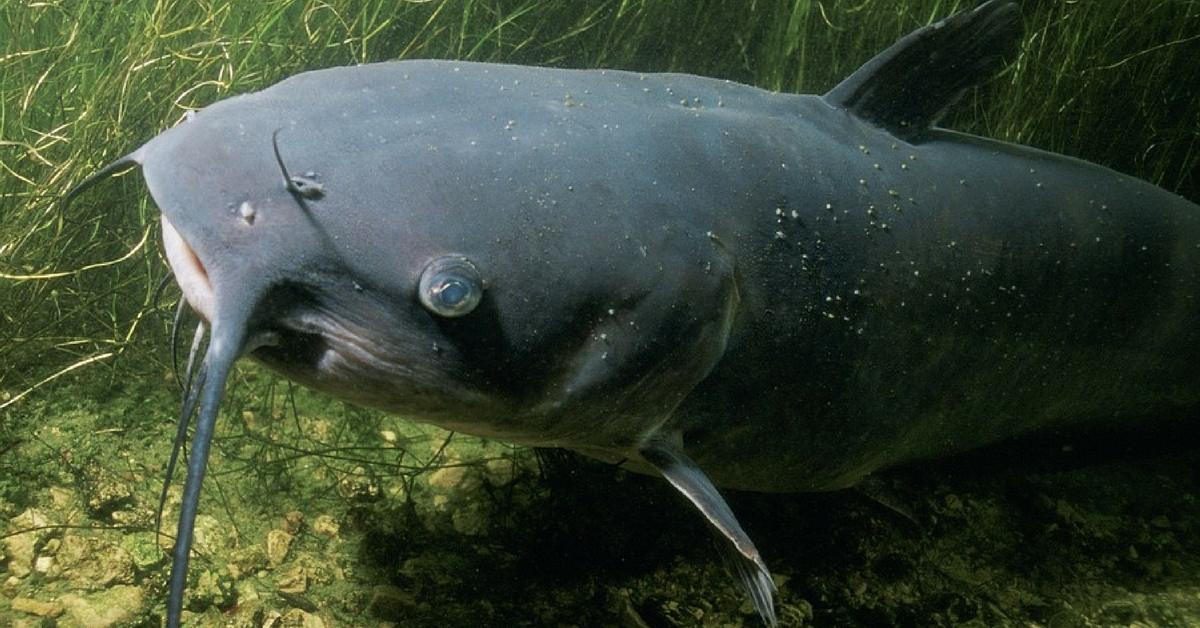Catfish Hooks 101: Breaking Down 4 Of The Most Common Types
Breaking Down The Most Common Catfish HooksTo successfully fish for catfish, you’ll need to have an understanding on some of the most basic hook styles available to you whisker chasers. From Kahle to Circle hooks, understanding when to use each can be the difference in getting bites or landing fish. Here’s a breakdown on a few of the most popular styles of catfish hooks:
Circle Catfish Hooks
Circle hooks are perhaps the most fish friendly of all, as their design prevents fish deaths when they gut a hook. The bend, shank, and point are all aligned, the point turned perpendicularly into the shank of the fishing hook. This design helps it slide right out, so if you’re planning to catch and release, this is the best choice. This design also gives a great hookup percentage. Even beginners have a great shot at keeping the cat on the hook with a circle hook.
Kahle Catfish Hooks
Go big or go home with kahle hooks. The most prominent benefit to these hooks is the wide gap, where you can string on a huge chunk of live bait, stinkbait, chicken livers, or whatever else the cats may be biting. The kahle hook gives live bait like grasshoppers or leeches more room to move around, just the fleeing look catfish use as a trigger to strike.
Octopus Catfish Hooks
Another great live bait option, the octopus hook was at first intended for other sea creatures, but works perfectly for channel and flathead catfish. The octopus hook design is a good, smaller choice for live bait. Hooking smaller bream or baitfish to an octopus hook lets them swim freely, so octopus hooks are great for drifting or sticking under a bobber.
Limerick Catfish Hooks
Limerick hooks are often times smaller, with a unique “limerick” style bend. When you’re targeting channel or flatheads, these are often used for a smaller chunk of cutbait, or even when you are adding some real food like hot dogs or chicken livers.
Updated January 22nd, 2021 at 2:28 AM CT


